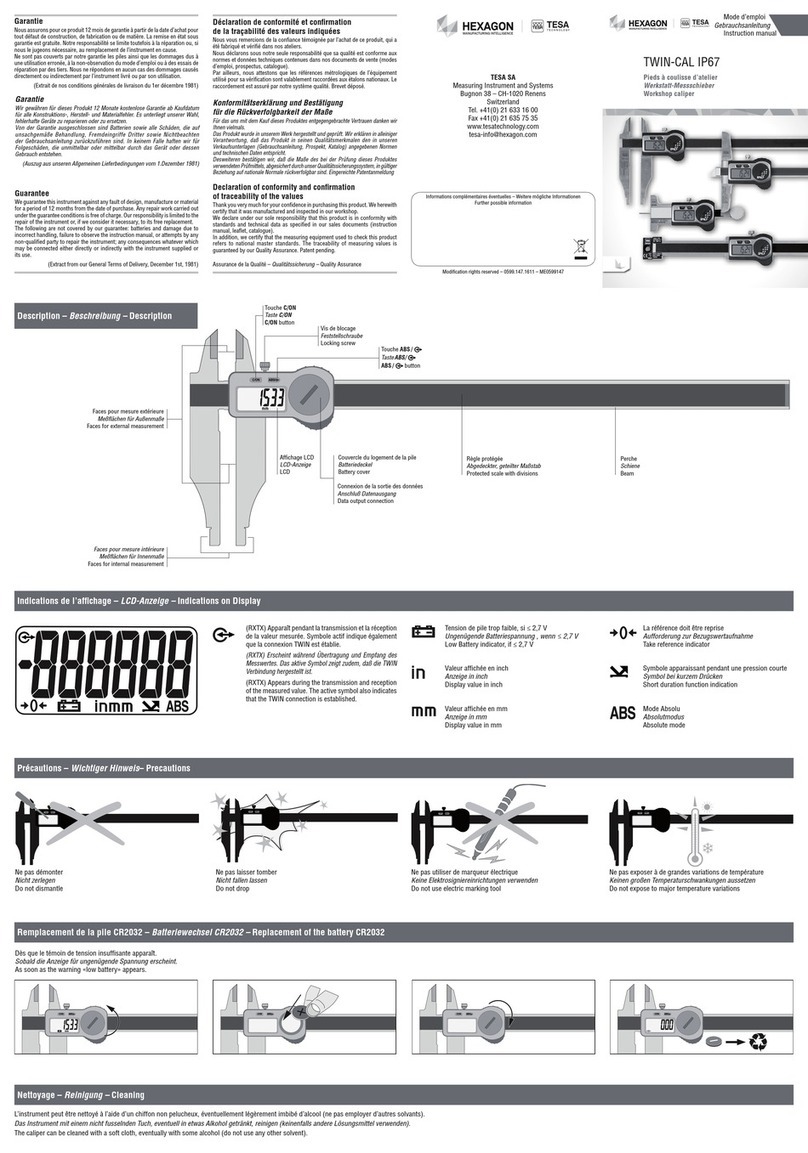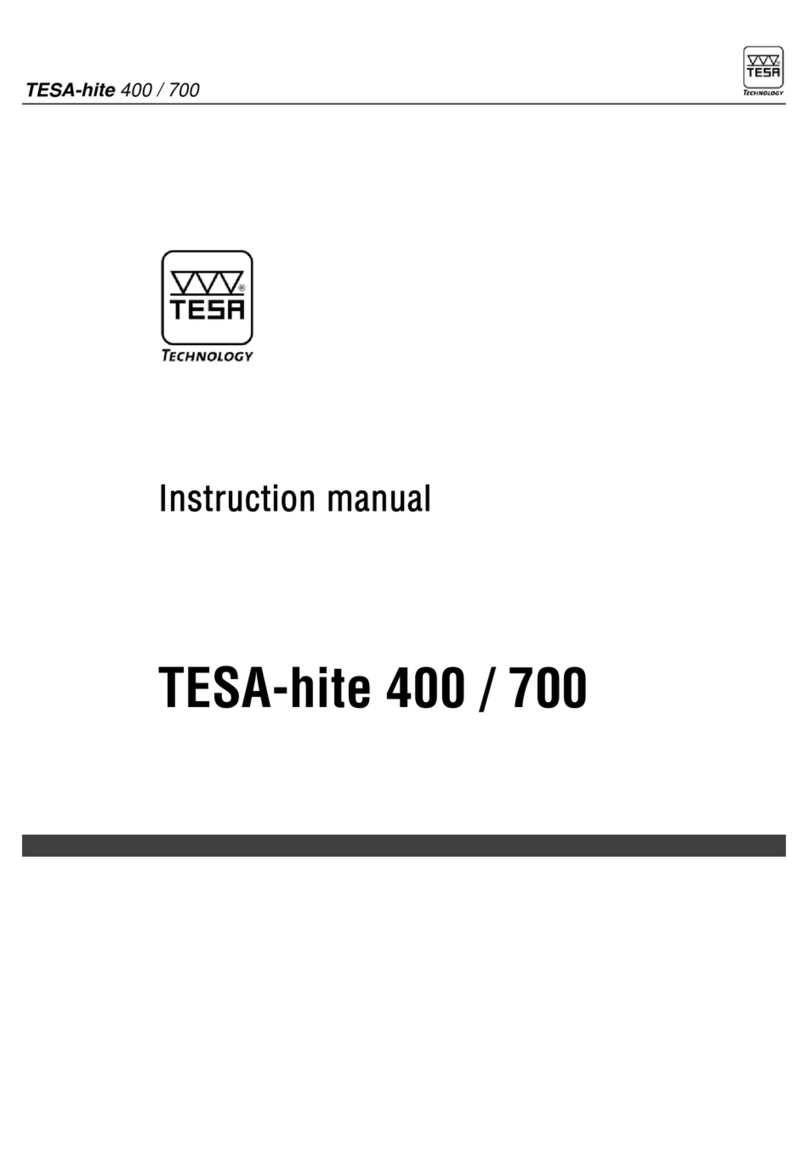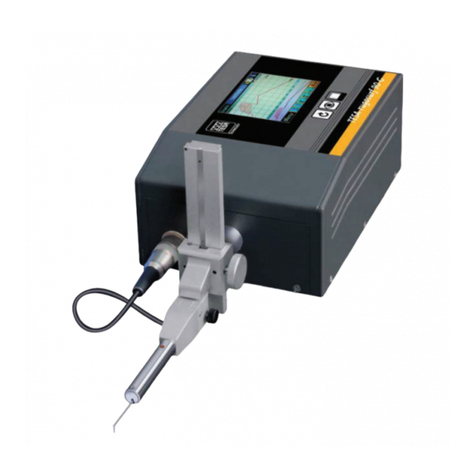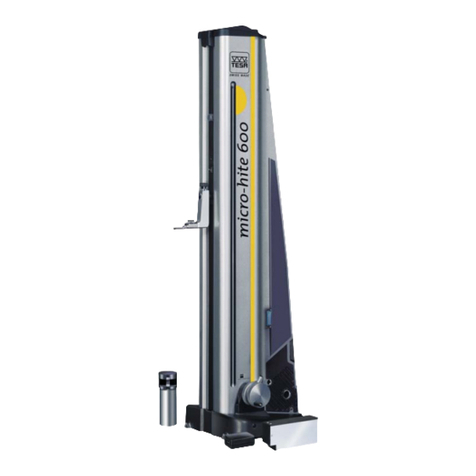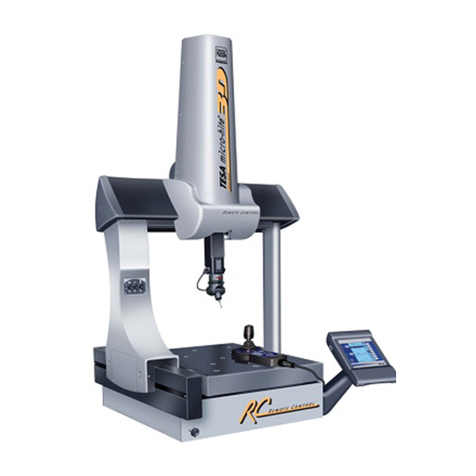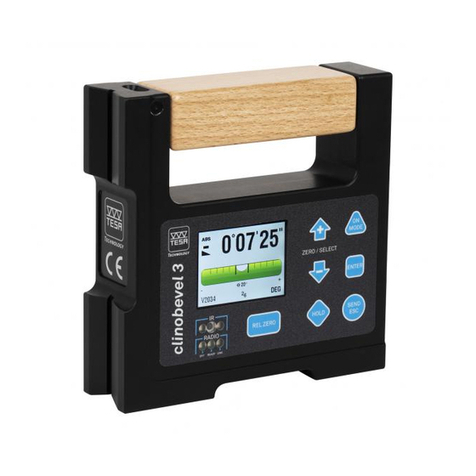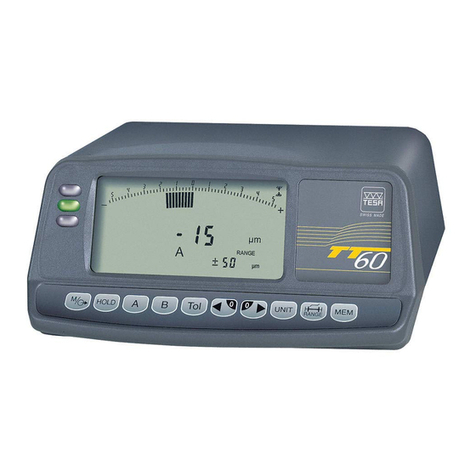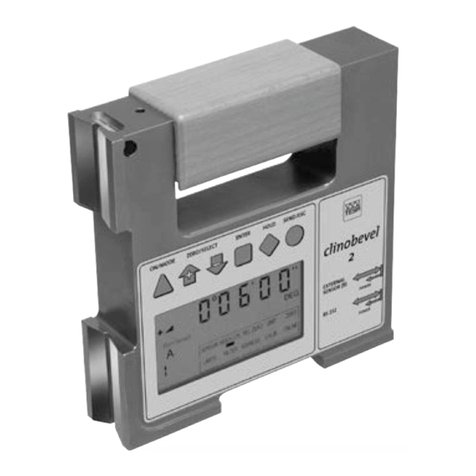Instruction manual for MH & MH+M
3
7CONTROL PANEL........................................................................................................................................................40
7.1 General description...............................................................................................................................................40
7.2 Touchscreen .........................................................................................................................................................40
7.3 Measurement zone ...............................................................................................................................................41
7.4 Calculation zone....................................................................................................................................................42
7.5 Software navigation ..............................................................................................................................................42
7.6 Context-based actions ..........................................................................................................................................43
8MEASUREMENT INTERFACE.....................................................................................................................................44
8.1 Status bar..............................................................................................................................................................44
8.2 Main zone..............................................................................................................................................................44
8.3 Measuring force ....................................................................................................................................................45
8.4 Context-based actions bar....................................................................................................................................45
8.5 Measurements list.................................................................................................................................................45
8.6 Location.................................................................................................................................................................46
9SYSTEM OPTIONS.......................................................................................................................................................48
9.1 Access...................................................................................................................................................................48
9.2 System configuration ............................................................................................................................................48
9.3 Measurement parameters.....................................................................................................................................49
9.4Bore/axis, groove/rib measurement......................................................................................................................50
9.5 Input/Outputs.........................................................................................................................................................52
9.6 Tolerances ............................................................................................................................................................53
9.7 Temperature..........................................................................................................................................................54
9.8 Results and reports...............................................................................................................................................54
9.9 Languages ............................................................................................................................................................55
9.10 Customised language ..........................................................................................................................................55
10 INITIALISATION............................................................................................................................................................56
10.1 Concept.................................................................................................................................................................56
10.2 Automatic process (MH+M) .................................................................................................................................56
10.3 Manual process (MH)...........................................................................................................................................56
11 DETERMINATION OF THE PROBE CONSTANT .......................................................................................................58
11.1 Masterpiece...........................................................................................................................................................58
11.2 Concept.................................................................................................................................................................58
11.3 Procedure..............................................................................................................................................................60
11.4 Steps.....................................................................................................................................................................60
12 PRINCIPLES OF MEASUREMENT..............................................................................................................................63
12.1 Generality..............................................................................................................................................................63
12.2 Probe support........................................................................................................................................................63
12.3 Measurement modes ...........................................................................................................................................63
12.4 ST1 & ST2 philosophy .........................................................................................................................................64
12.5 Measurement functions........................................................................................................................................65
12.6 Manual single probing (MH).................................................................................................................................67
12.7 Automatic single probing (MH+M) .......................................................................................................................69
12.8 Static culmination point (MH), bar graph ............................................................................................................70
12.9 Static culmination point (MH), galvanometer......................................................................................................74
12.10 Static culmination point (MH), help LED............................................................................................................76
12.11 Bore measurement, static mode (MH)................................................................................................................78
12.12 Dynamic culmination point (MH).........................................................................................................................78
12.13 Bore measurement, dynamic mode (MH)..........................................................................................................80
12.14 Culmination point (MH+M)...................................................................................................................................80
12.15 Bore measurement (MH+M) ...............................................................................................................................82
13 ST1 MODE ....................................................................................................................................................................84
13.1 Generality..............................................................................................................................................................84

